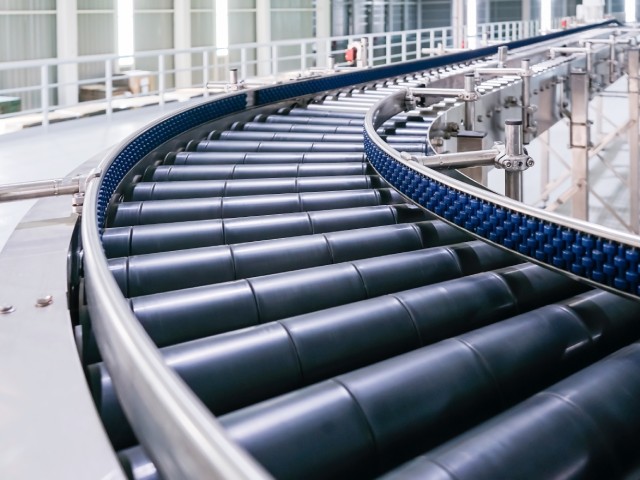Updated: Jun 24, 2024, 3:56 PM | By StateNewsJournal

Conveyor belts are integral to the operational framework of various industries, streamlining processes and enhancing productivity. However, a range of issues can significantly hamper their efficiency. From misalignment and belt slippage to wear and tear of components, these problems can lead to downtime, increased maintenance costs, and losses in production.
Let’s look at conveyor belt issues that impact efficiency and explore potential solutions to mitigate them.
One of the most common conveyor belt issues is misalignment, which occurs when the belt deviates from its intended path. This misalignment can happen due to various factors, such as uneven loading, incorrect tensioning, or worn-out rollers. Misaligned belts can cause material spillage, damage to the belt and other components, and increased power consumption. Regular maintenance and knowing how to check the tension on your conveyor belt to ensure it is properly aligned can help prevent this issue.
Belt slippage is another problem that affects conveyor belt efficiency. It occurs when the belt slips on the drive pulley, reducing traction and transmitting less power to move materials. Inadequate tension, worn-out or damaged pulleys, or excessive load on the belt can cause this issue. Regular inspections and proper belt tensioning can help prevent slippage. Using lagging material on drive pulleys can also increase friction and reduce slippage.
As with any machinery, conveyor belts are subject to wear and tear over time. This wear and tear includes damage to components such as idlers, bearings, and splices due to continuous use and exposure to harsh environments. Wear and tear can significantly impact belt efficiency, leading to unexpected downtime and costly repairs. Regular maintenance and replacement of worn-out components are essential to ensure conveyor belts function optimally.
Material carryback occurs when material adheres to the underside of the belt and ends up carried back along its return path. This carryback not only causes spillage but also increases friction, resulting in excess power consumption and wear on the belt. Common causes of material carryback include inadequate cleaning systems, poor chute design, and improper loading techniques. Implementing effective cleaning systems, proper chute design, and employee training can help prevent this issue.
Efficient conveyor belt operation is crucial for the smooth functioning of various industries. However, issues such as misalignment, belt slippage, wear and tear, and material carryback can significantly impact their efficiency. Regular maintenance, proper tensioning, and implementation of effective solutions such as tracking systems and cleaning systems are essential to mitigate these problems. By proactively addressing these issues, businesses can ensure optimal conveyor belt performance and minimize downtime, leading to increased productivity and cost savings.
24World Media does not take any responsibility of the information you see on this page. The content this page contains is from independent third-party content provider. If you have any concerns regarding the content, please free to write us here: contact@24worldmedia.com


Industries Currently Relying on ....

5 Essential Tips on How To Hurri....

Mistakes To Avoid When You’re ....

The 5 Pieces of PPE Every Constr....

Lake Fishing: Tips and Tricks fo....

The Process Behind Custom Soleno....

Tips for Maintaining an Indoor P....

How To Know if Your Industrial F....